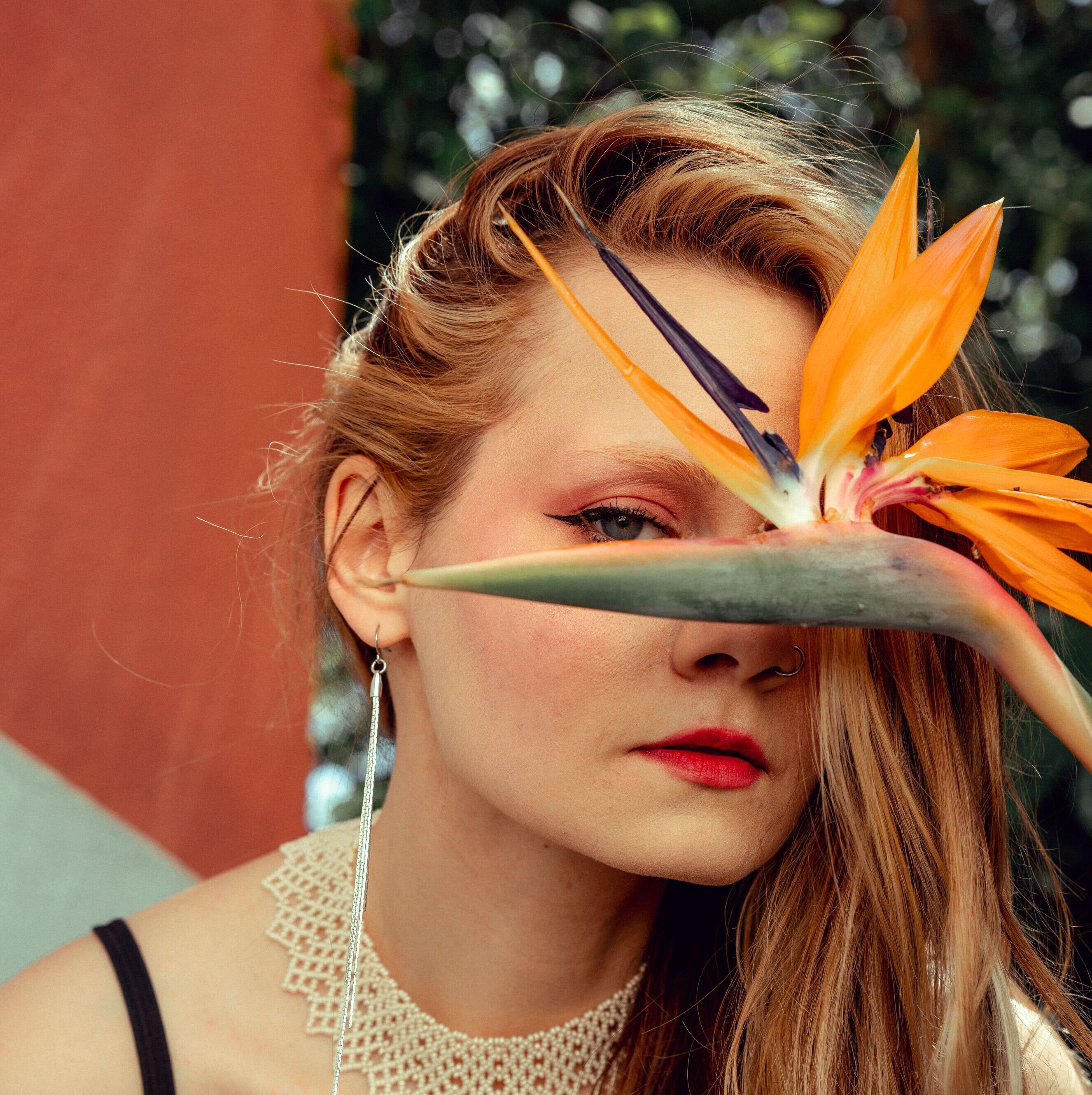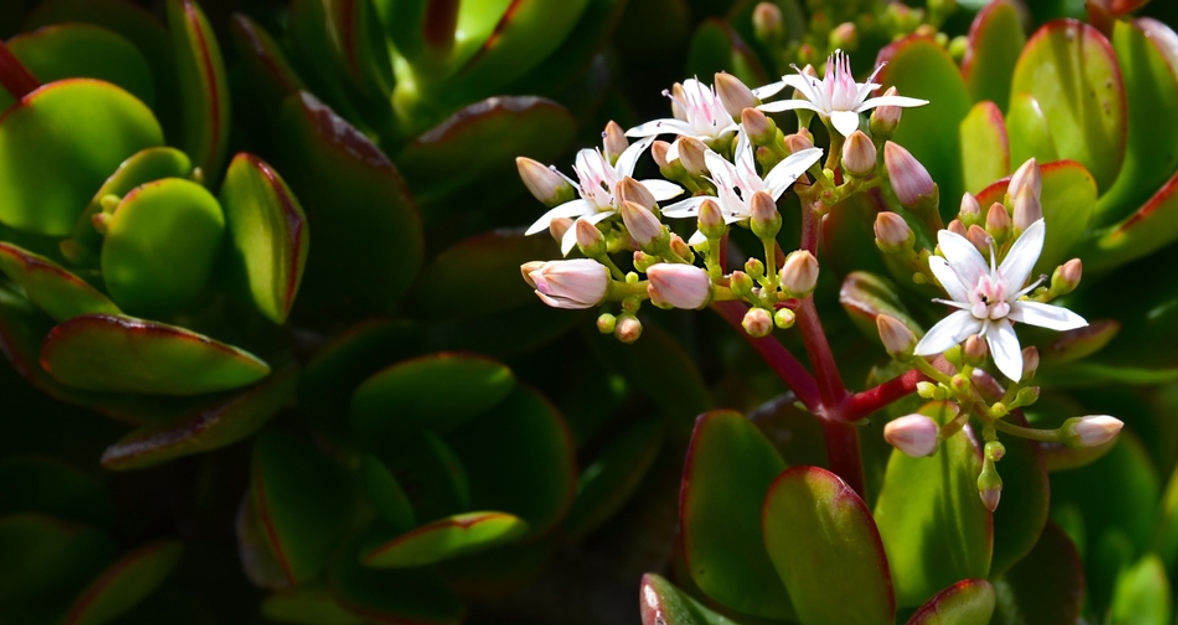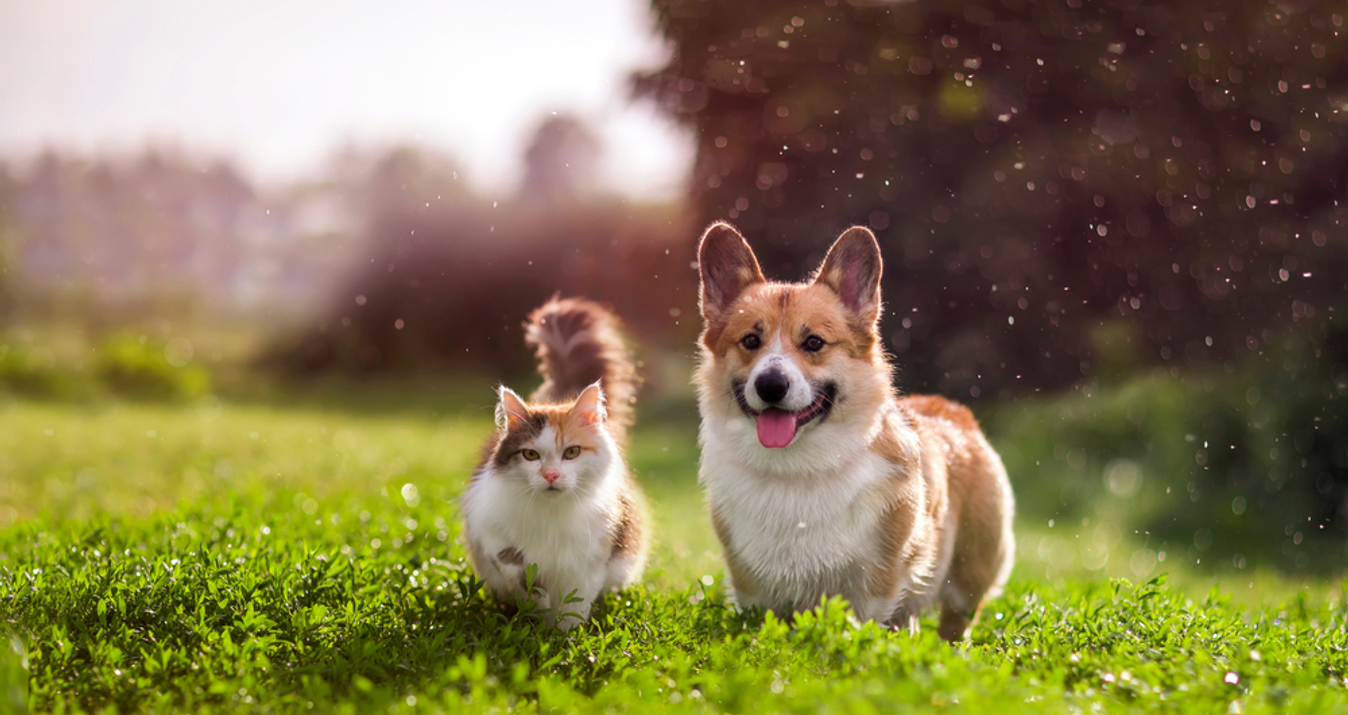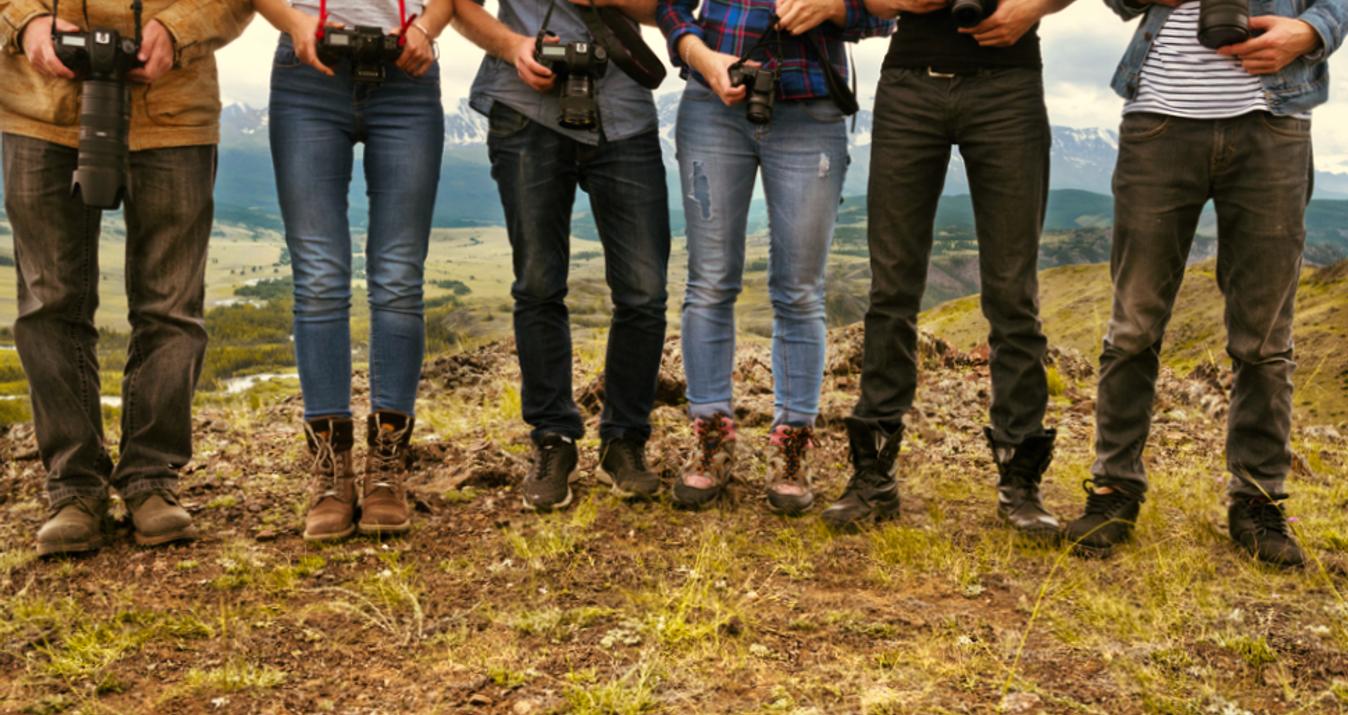Have you ever found yourself mesmerized by the intricate details of a blooming flower or the striking patterns of leaves? Taking pictures of plants isn't just about capturing a moment; it's an art that combines patience, observation, and creativity. It's about seeing the subtle dance of light on petals and leaves and capturing the essence of growth and life that plants represent!
Today, we're going to guide you through the vibrant world of plant photography, where every shot has the potential to be a masterpiece. In this journey, you'll learn not only to take photos but also to connect with the natural world in a way that truly reflects its beauty.
So grab your camera, step into your garden or local park, and get ready to see the green world through a whole new lens!
Choosing and Understanding Your Plant Subject
When you set out on a plant photoshoot, the journey begins with selecting the right subject. This choice is crucial and can dramatically influence the outcome of your photos. Imagine finding a plant that stands out due to its unique textures, patterns, or vibrant colors. Such plants naturally draw the eye and create a focal point in your photography. It's also important to consider the seasons, as each brings its own special flair. Spring's blossoms, summer's lush greens, the fiery palette of autumn leaves, and even winter's stark beauty provide varied backdrops for your subject.
The Best Lighting for Plant Photos
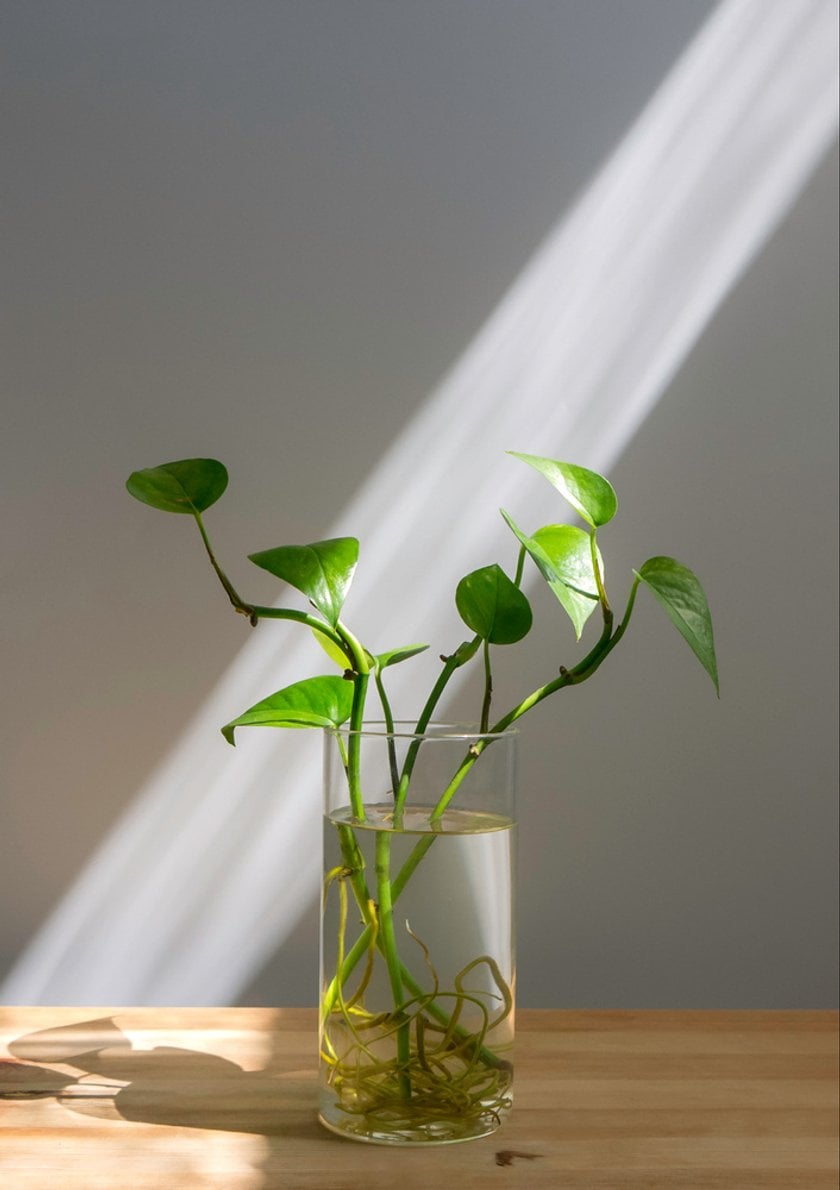 Once you've chosen your plant, understanding the role of lighting becomes your next crucial step. Natural light, particularly on an overcast day, can be your greatest ally. It offers a soft, diffused quality that flatters the natural details of plants, avoiding the harsh shadows or overexposed areas that direct sunlight can create. Another magical time for plant photography is during the golden hours of sunrise and sunset. The light during these times can bathe your subject in a warm glow, accentuating textures and colors in a way that feels almost ethereal!
Once you've chosen your plant, understanding the role of lighting becomes your next crucial step. Natural light, particularly on an overcast day, can be your greatest ally. It offers a soft, diffused quality that flatters the natural details of plants, avoiding the harsh shadows or overexposed areas that direct sunlight can create. Another magical time for plant photography is during the golden hours of sunrise and sunset. The light during these times can bathe your subject in a warm glow, accentuating textures and colors in a way that feels almost ethereal!
Capture Every Detail with AI-Powered Focus Stacking
Discover it NowBut it's not just about the softness or warmth of the light; it's also about the drama it can bring. The interplay of light and shadow during the early morning or late afternoon can add depth and intrigue to your photos, highlighting the intricate patterns and textures of your plant subject.
In a plant photoshoot, both your choice of plant and your understanding of light are pivotal. They work together to transform a simple photo into a stunning portrayal of nature's beauty!
Mastering the Camera for Plant Photography
Delving into botanical photography requires more than just a keen eye for nature; it demands a mastery of your camera to capture the essence of your plant subjects in stunning detail and clarity. Understanding and adjusting basic camera settings is pivotal in achieving this!
Adjusting Camera Settings
Aperture (f-stop): Aim for a narrower aperture, around f/8 to f/16. This range typically offers a deeper depth of field, keeping more of the plant in crisp focus and highlighting details like the texture of a leaf or the delicate structure of a flower.
Shutter Speed: To counteract any movement, such as a gentle breeze swaying the plant, opt for a faster shutter speed. A speed of 1/125th of a second or faster can freeze motion, ensuring sharpness.
ISO: Keeping the ISO low, around 100-400, is advisable to minimize digital noise and maintain the purity of your image's colors and details.
Framing and Angles for Engaging Photos
Equally important in botanical photography is the way you frame your subjects and the angles you choose. These not only define the aesthetics of your photo but also the story it tells.
Experiment with Perspectives: Don’t hesitate to change your physical position. Shooting from below, aiming upwards can give a majestic feel to a towering tree, while a close-up from above can reveal the intricate patterns of a flower.
Rule of Thirds: Use this classic composition technique as a guideline. Place key elements of the plant at the intersections of the grid lines for a balanced and pleasing composition.
Play with Symmetry and Patterns: Plants often have natural symmetries and patterns. Aligning these elements in your frame can create visually striking images.
By combining these technical and creative aspects, you're well-equipped to create vivid, memorable images in your botanical photography journey. Each setting and angle offers a new way to view the beauty of plants, transforming your photographs into captivating botanical art!
Enhancing Your Photos with Creativity
After capturing your plant photos, the real magic happens during post-processing. This is where you can truly make your images stand out with different styles and editing techniques!
For those of you who are into close-up plant photography, you might find our previous post on macro photography tips particularly enlightening. These techniques can help you capture the stunning details of your botanical subjects, elevating your photography to new heights!
For a simple yet effective approach to editing, Luminar Neo is an excellent tool. It's known for its ease of use and powerful AI-driven features, making it a go-to choice for enhancing botanical photography.
In Luminar Neo, you have a range of AI tools at your disposal. The Supercontrast AI, acting as a photo contrast editor, allows you to fine-tune the contrast in your images, adding depth and clarity to your plant photos. Then there's the Supersharp AI, an AI image sharpener perfect for bringing out the fine details in your photos, making every leaf and petal pop.
But that's just the start. Luminar Neo also includes Enhance AI for quick light and color adjustments, Relight AI to adjust lighting in specific areas, and Skin AI for portraits with plants, ensuring your subject looks as natural as possible. Structure AI brings out textures, and Sky AI can even replace dull skies in the background with more dramatic ones, adding a whole new dimension to your photos.
These tools make it easy to experiment and find the perfect look for your plant photos. Whether you're aiming for a natural look or something more artistic and stylized, Luminar Neo gives you the flexibility to explore and create! To download Luminar Neo to your computer, follow the link.
Advanced yet easy-to-use photo editor
Get Luminar Neo NowBottom Line
As we wrap up our exploration of plant photography, remember that this isn't just a hobby, it's a journey into the heart of nature's art. Through choosing your subjects, mastering the lighting, and getting those camera settings just right, you've learned the essentials of capturing the natural beauty of plants. Every leaf, every petal, comes alive through your lens, telling its own unique story.
But the adventure doesn't end here. With post-processing tools like Luminar Neo, you can elevate your photos from simple snapshots to stunning visual stories. Whether it's adding a bit more sharpness or playing with contrast, each edit brings out the unique character of your plant subjects. It's in these final touches that your photos truly come to life, transforming into vibrant expressions of your artistic vision!
And if you're particularly fond of blossoms and blooms, don't miss out on our previous post on flower photography. It's packed with specialized tips and tricks that'll help you capture the delicate beauty of flowers in a whole new light.
So grab your camera, head out into the greenery, and keep exploring the wonderful world of plant photography. Each click is an opportunity to discover something new and share a piece of nature's beauty with the world. Whether in your backyard, a local park, or a distant wilderness, every environment holds endless photographic potential. Keep practicing, keep experimenting, and most importantly, keep enjoying every moment behind the camera.



